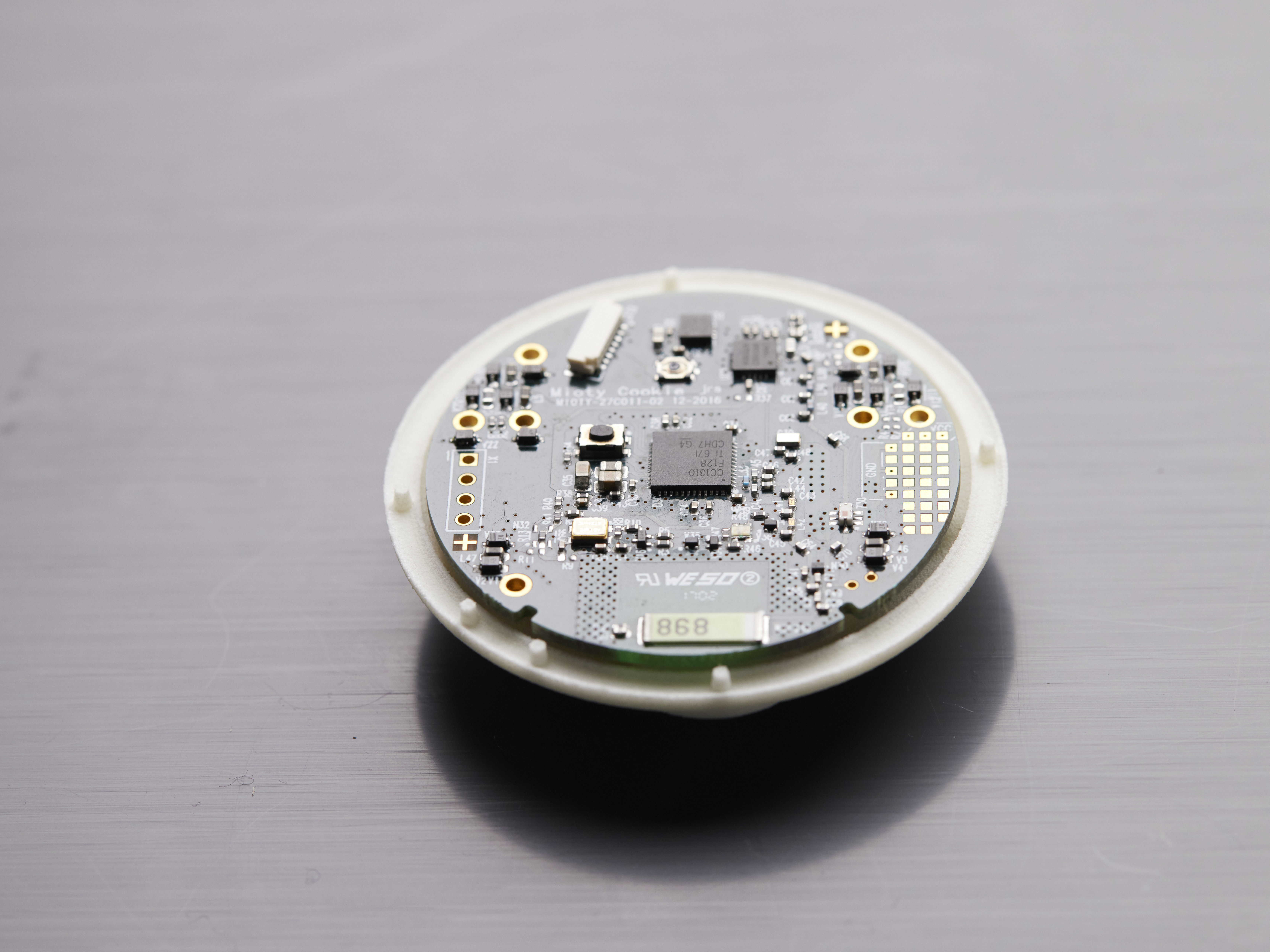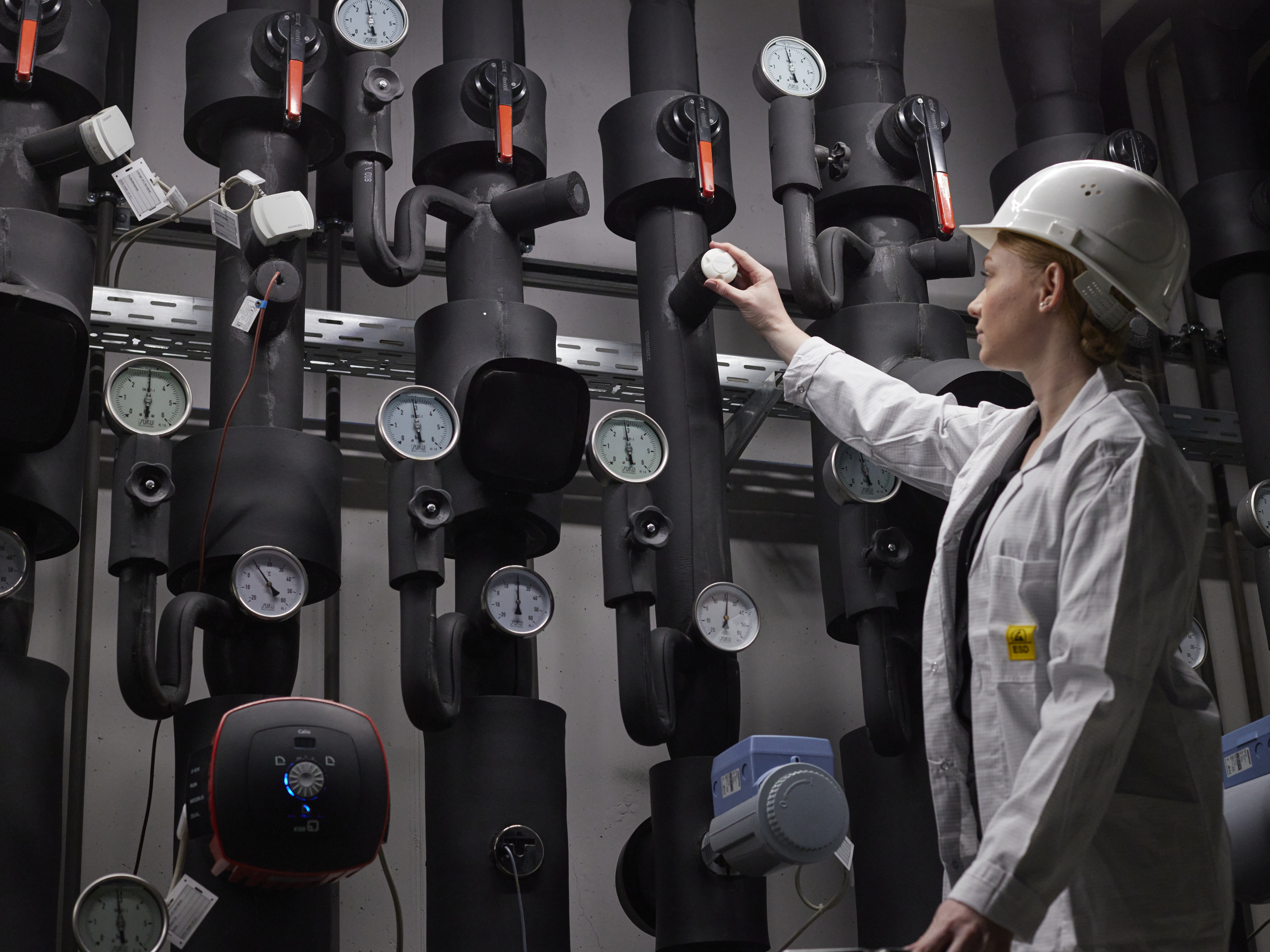Efficient and robust networking: Fraunhofer IIS research team wins Joseph von Fraunhofer Prize 2021
The networking of objects in the Internet of Things — or IoT for short — is becoming increasingly important, and demand for connected IoT devices is growing rapidly everywhere, from consumers to Industry 4.0. But until now, no suitable and reliable method of communication has been available for transferring many thousands of data packages at the same time. A team of researchers from the Fraunhofer Institute for Integrated Circuits IIS in Erlangen/Nuernberg has now overcome this challenge with the newly developed, ready-for-market mioty® wireless low-power wide-area transmission system. The team receives the Joseph von Fraunhofer Prize, which is awarded to employees of the Fraunhofer-Gesellschaft for their outstanding scientific achievements in solving application-related problems.



The networking of objects in the Internet of Things is a hot topic. Based on market analyses, between 20 and 40 billion connected IoT devices will be needed by the year 2025. The most important elements in this context are simple, energy-efficient and battery-operated sensor nodes consisting of a sensor and a wireless system, which communicate with a base station over a distance of several kilometers. The amount of data involved is usually small to very small, and only needs to be transferred occasionally or sporadically. Examples include water meters that are read wirelessly. However, the existing technologies have proven to be very susceptible to interference.
1.5 million data packages a day
The mioty® technology from the Fraunhofer Institute for Integrated Circuits IIS offers an entirely new solution that overcomes existing problems and meets every requirement: It transfers data from between several thousand and a hundred thousand sensor nodes per square kilometer — or in other words, up to 1.5 million data packages a day — to one single collection point without any transmission loss, even in coexistence with other wireless systems or in areas with no cell phone coverage, and all at a bandwidth of just 200 kilohertz. The end devices are so energy-efficient that the batteries last up to 20 years. Mobile operation of the sensor nodes in vehicles is also possible, even when driving on the highway at speeds of more than 120 kilometers per hour. Prof. Michael Schlicht, Josef Bernhard and Dr. Gerd Kilian will be awarded the Joseph von Fraunhofer Prize on behalf of the team. Explaining its award decision, the jury highlighted factors including the “consistent introduction of the new technology for connecting sensor networks with a large number of simple, battery-operated sensor nodes.”
“The key feature is that rather than sending the sensor data all at once, we break it down into lots of small chunks,” explains Kilian. This division of the signal has a positive impact on the energy that the sensor node consumes, while also making transmission more robust: Even if some data snippets are damaged on their way to the collection point, the message can still be found and completely restored thanks to the error correction. mioty® can be used in a diverse range of areas: from capturing environmental data in agriculture, checking pipelines for corrosion and leaks and controlling air-conditioning systems through to remote maintenance and monitoring of refineries.
Standardization, marketing and licensing
The team of researchers not only developed the technology but also standardized it in an ETSI specification. The European Telecommunications Standards Institute ETSI establishes global standards for information and communication technology. “With mioty®, we are offering the first standardized, low-power wide-area communication solution to be based on our telegram splitting technology,” says Bernhard, who headed up the work in the standardization group. Development and marketing of mioty®-based solutions are already under way. For interested companies, the international “mioty alliance” offers an ideal platform for developers, hardware manufacturers, system integrators, service providers and end customers by providing an open, standardized and interoperable ecosystem. And for licensing purposes, the mioty® patent pool has been established.